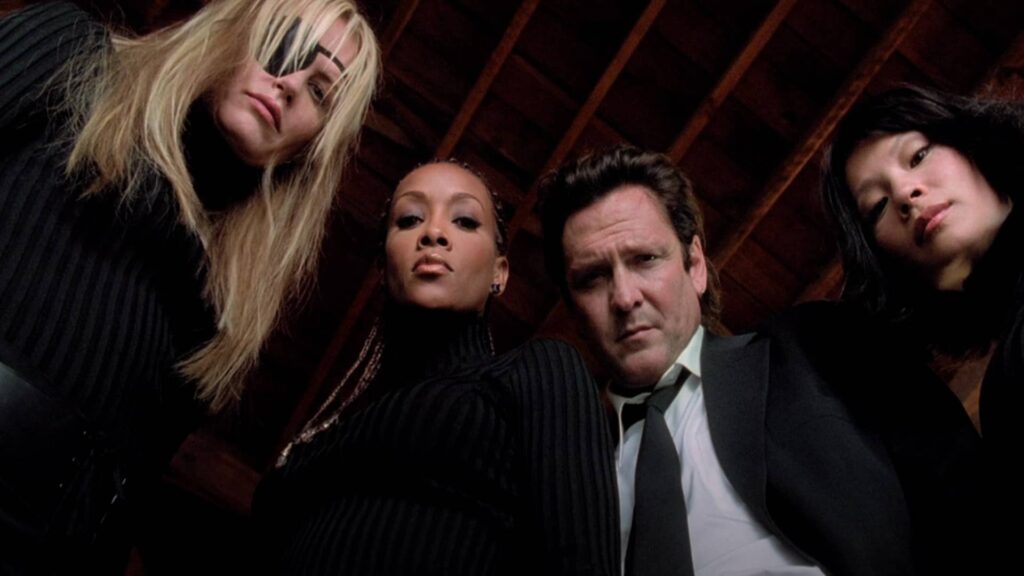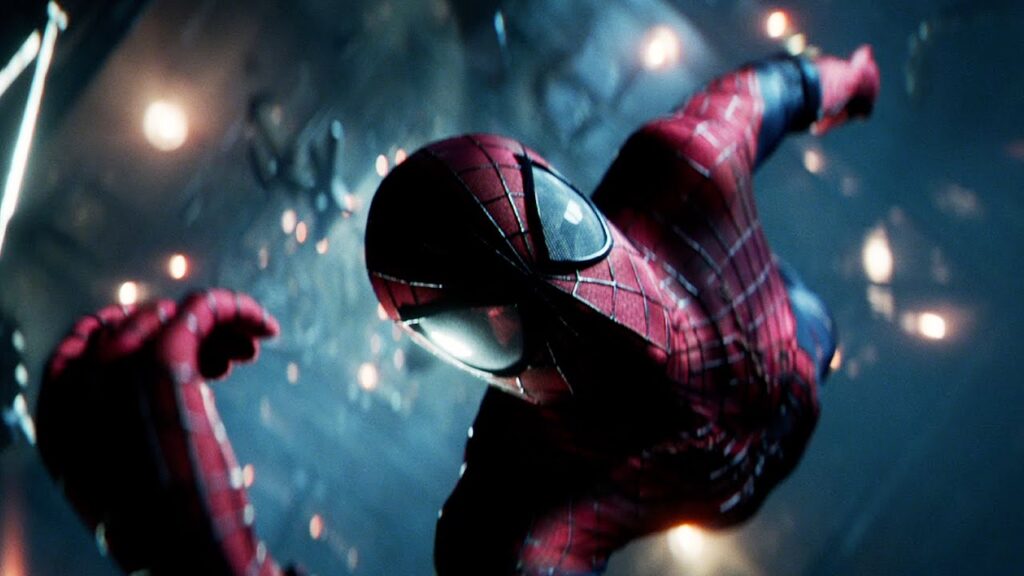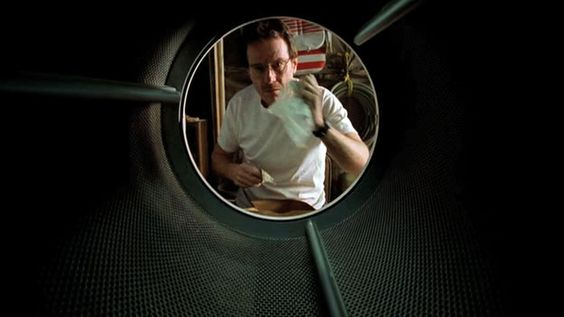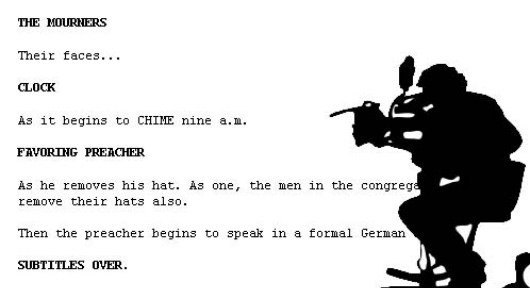Do you know how to write a pov shot in a screenplay? Whether you’re an emerging screenwriter, a professional screenwriter, or someone who is interested in joining the industry in the future, it’s always a good idea to read up on different screenwriting techniques, to improve your craft.
Today, we’re going to discuss how to write a POV shot in a screenplay. By the end, you’re going to understand all the ins-and-outs of writing a POV shot, which will help you to write stronger scripts.
Remember, you’ve got to practice your craft in order to get better at it, so the best way to enhance your ability to write a POV shot, is to practice.
Let’s get into our discussion of how to write a POV shot in a screenplay, so that you can get to writing your own POV shots.
What Is A POV Shot?

Before we get into the nitty gritty, let’s discuss what a POV shot is, because for both professional and amateur screenwriters alike, the term can get confusing. To put things simply, POV stands for point of view, so a POV shot is simply when a screenwriter depicts a scene from the perspective of a certain character.
In other words, a POV shot will allow viewers to see exactly how a character in the film sees things. Let’s say that you’re witnessing an interaction between someone who is working at a grocery store and someone who is checking out their groceries. You might start by showing an aerial shot of the grocery store, then you might do a shot of both the characters interacting. But then, let’s say that the person who is buying groceries starts to throw the groceries at the cashier.
If this happens, you might switch to a POV shot of the cashier having groceries flung at them. From this perspective, you’re going to be able to see broccoli and bags of rice hitting the face of the cashier. It’s going to make the viewers feel like they’re there.
Or, let’s say you have a scene where a character is about to go into a scary cave. In this instance, you might have a POV shot that shows the cave just as the person going through the cave sees it. The screenwriter might plan for the camera to be shaky—the scene might even cut out—to mimic the experience of walking through a cave and not knowing what is going to pop out next.
In this instance, it is incredibly useful to use a POV shot, because it’s going to have the viewers on the edge of their seats. Instead of having a wide view of the cave and everything that’s in the cave, this POV shot makes the viewers anticipate what they’re going to see next. If you’re in a cave in real life, you’re not going to know what’s going to pop out at you. So, as a writer, it’s
smart to mimic this experience, because your viewers are going to feel more connected to the plot of the film, and they’re going to begin to feel true terror.
That’s what you should be aspiring for as a screenwriter, you should be trying to get your viewers to feel true emotions.
What Are Some Examples Of A POV Shot?

Let’s go over a few examples of POV shots, that will help you understand how you’d write one in your own scripts.
The first example is a theoretical scene where a man is hiding from an intruder. In this film, there is a man named Mark, and Mark’s home has been invaded by a mystery intruder. During this scene, Mark is anxious and hiding underneath his bed. He doesn’t know who is in his home, and he doesn’t know if they’re going to hurt him or not.
In this case, Mark’s POV from under the bed might read like this:
“Mark runs to hide under the bed.”
“Looking forward, he sees eyes looking at him. He is faced with an unknown intruder.”
So, to explain this more, in this scene, Mark runs underneath of the bed, to hide from the intruder. After he does, we reach our POV scene, where you see the eyes of the intruder from Mark’s perspective. Instead of the shot showing the entire room and all of the things in it, the scene only shows the sliver that is visible to Mark in the moment.
This is a successful way to write this scene, because the viewer only knows as much information as Mark. Instead of the viewer having access to the image of the criminal, the viewer is only able to see the eyes of the criminal. This makes things more lifelike, because the viewer is experiencing the same anxiety that Mark is.
Let’s run through another example.
In this theoretical film, there is a character named Susan, who is meeting with an employer that could be her boss, in an interview setting. Susan has never met this employer before, but she wants to make a good impression, in order to receive the job. Here’s a possible way to write this scene:
“Susan enters the interviewer’s office.”
“Putting out her hand to shake theirs, Susan is inches away from the intimidating person that could be her boss.”
This is a good way to write this scene, because you’re going to be able to feel what Susan is feeling, as the viewer. When you’re about to be interviewed by a high profile executive, it’s going to be anxiety-inducing.
And because the viewers can get a clear picture of the person that’s interviewing Susan, we understand her anxiety. We are sitting in the place of Susan, as viewers, and we feel like we’re there ourselves, getting interviewed.
Many of the viewers would be able to resonate with the anxiety that comes with getting interviewed, so by doing a POV shot, we’re going to be able to feel closer to Susan. And as a screenwriter, you want your audience to feel close to the characters that you’re writing.
How Do I Write a Successful POV Shot?

In order to write a successful POV shot, you have to be incredibly creative. If the audience can predict what’s going to happen in the POV shot, then it’s probably not going to be the best use of the POV shot.
For example, if you have POV shot that repeats over and over again, and the outcome is the same each time, you’re probably not going to want to keep including it into your screenplay. The point of POV shots is to scare, surprise, or excite your viewer. So, if your POV shot doesn’t do this, you’re not going to want to have it in your screenplay.
You’re going to write the most successful POV shot, if your shot creates a tension in your audience members. If we go back to the examples about Mark and Susan, both of these scenes create a tension in the audience, because we don’t know what’s going to happen next.
In Mark’s case, maybe the intruder will pull him from under the bed. Or, maybe the intruder won’t see him, and Mark will survive unscathed. However, in Susan’s case, maybe the interviewer will immediately say something patronizing to Susan. Or, maybe the interviewer will compliment Susan on her incredible resume that they reviewed before the interview.
In both instances, there’s an element of tension that the audience feels, because the audience isn’t quite sure what’s going to happen next. The best screenwriters can create this tension, so if you’re having trouble, be sure to practice writing POV shots.
This leads us to the most important thing about POV shots, and that is, that you have to write a lot of them, in order to improve. When you’re writing a screenplay, the first draft of your script might not be the strongest.
In order to get the best version of your play as possible, try writing different iterations of the POV scene. You might write five or six drafts, before you have written the one that is best suited to be included in the final script.
Plus, it’s always a good idea to write different POV scenes, because if each has a different outcome, you might be able to take your script in an unexpected way, which can be beneficial in creating a unique story.
You have to be open to twists and turns as a screenwriter, and when you are, you’re sure to write an incredible POV scene.
Final Thoughts
We’ve been over the basics of POV shots so that you know how to write a pov shot in a screenplay. As a screenwriter, you’ve got to get out of your comfort zone, in order to create the best art possible. So, if you’ve never written a POV shot, we encourage you to try to write one.
Oftentimes, horror films, thriller films, action films, crime films, romance films, and more use this technique. So, if you’re interested in any of these genres, it’s especially important that you are versed in writing a POV shot.
Good luck, as you write your own POV shots.
Related:


Leave a Reply